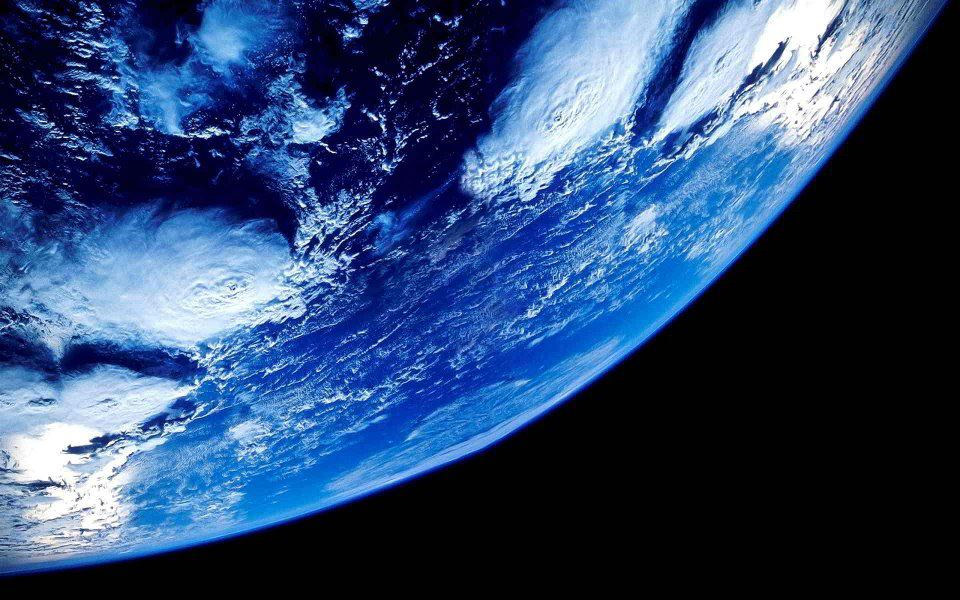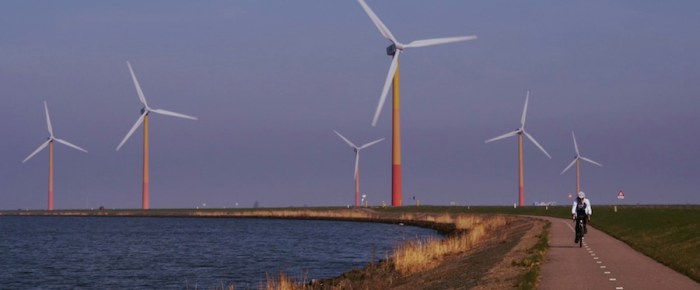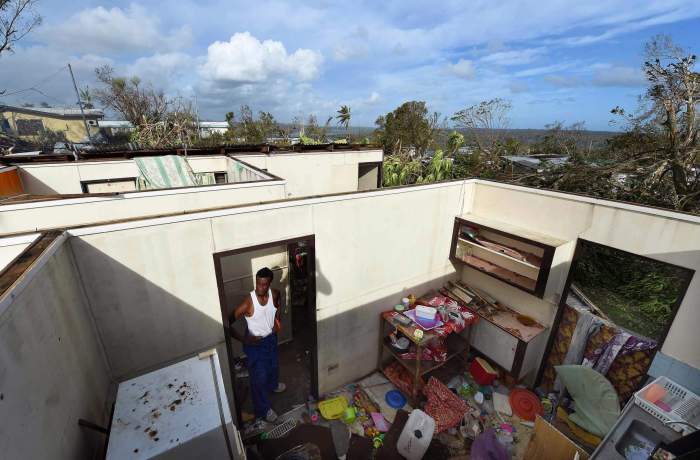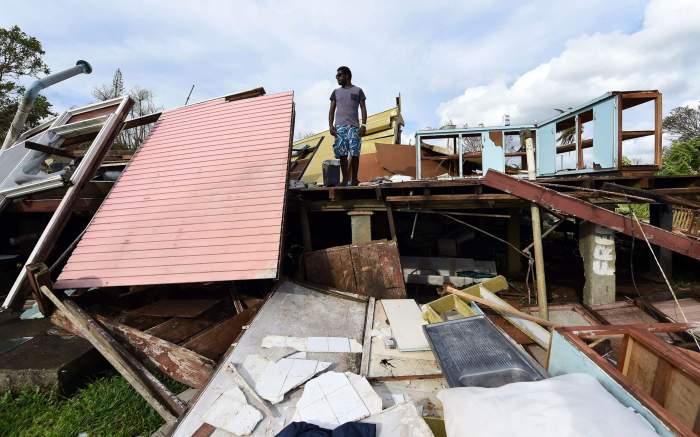In like a lion, out like a potential case study for global warming.
Plows and loaders are now excavating the first half of snowfall of Winter Storm Stella, a storm that could rival March’s biggest storms on record, such as the 1888 “Blizzard of the Century” which buried New York City in 16 inches and paralyzed much of the country. As much as 24 inches could fall in places across the Northeast, making Stella a curiosity for climate scientists to test theories about changing arctic sea ice levels colliding with warm air, an expert told Metro. The Stella system, billed as a classic nor’easter because of its atmospheric ingredients and path, is the result of the merging of two low pressure (warmer) systems sweeping in from the Pacific Northwest jet stream and from the Gulf Coast, joining with the cold air coming down from the arctic. RELATED: Winter Storm Stella: Are NYC schools closed? The resulting system travels up the East Coast Tuesday, dumping 8 to 20 inches of snow, or more, with winds topping 40 and 50 mph earning the storm blizzard status. Thepotentially historical snowfall follows February’s record high temperatures (Boston hit 72 and Philadelphia hit 74 degrees on Feb. 24). Frigid temperatures across the Northeast forced shorts back into hibernation. “Extreme weather is the new normal,” New York Gov. Andrew Cuomo said Monday while making emergency announcements ahead of the storm.
While March snow is not unheard of, aspects of this storm are suggestive of erratic weather patterns that have arisen in recent years, said NASA climate scientist and Columbia University researcher Justin Mankin. “One of our expectations of global warming is an average decrease in snow, but also an increase in snowfall extremes,” he said.
RELATED: Upper East Side doorman dies from fall through glass while shoveling snow “There is a robust expectation of increased extreme weather events. Increasingly the climate science community has been able to attribute the risk of occurrence of those weather extremes to global warming.” Directly correlating this storm with global warming requires rigorous research, which has not been done, Mankin said. We can get crazy weather just by virtue of the earth’s complexity in absence of greenhouse gas factors. But what scientists can do with confidence now is associate risk of occurences for weather extremes with global warming, much like medical research can associate lifestyle with heart risk factors.
There are some “ingredients that suggest superficially that the warming that has occurred from people and fossil fuels could potentially have played a role,” he said.
Those ingredients include a theory associating 2017’s record low arctic sea ice — meaning more melt than ever seen before — for the arctic air traveling farther south than usual because of ice dispersion. Another theoretical ingredient would be the statistically proven increase in water surface temperatures in the Texas gulf and hotter air coming from the Pacific Northwest, he said.
Since Jan. 1, there have been 9,000 record high temperatures set in the US, compared to only 1,300 record lows, CNN reported.
Winter Storm Stella’s ‘ingredients’ linked to global warming, says climate change expert

Beth Scupham/Creative Commons
























